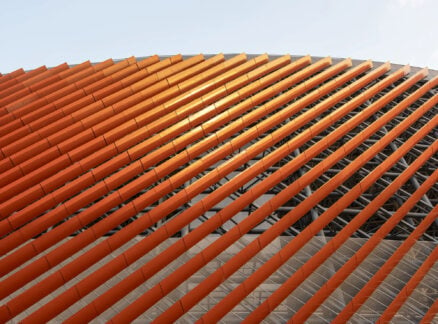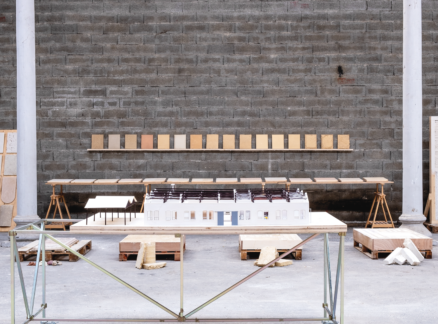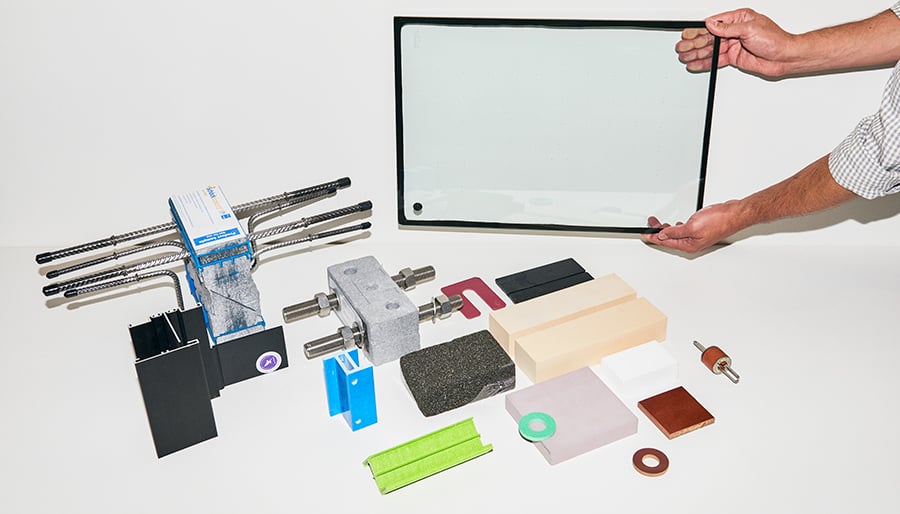
January 25, 2019
Weighing the Pros and Cons of Sustainable Building Standards
Metropolis spoke to leading sustainable design firms, both large and small, about pursuing an array of ever-evolving “green” certifications.

The rear facade of Alan and Becky Solomon’s recently retrofitted Brooklyn row house is a neighborhood conversation piece. Those mod tropical hardwood slats back there? Now repurposed, they used to be part of the Coney Island Boardwalk. The couple, meanwhile, marvel at subtler upgrades to their 120-year-old home: For one thing, there’s no “house smell” now, only breaths of outside-fresh air in every room. And each time they shut their triple-pane-glass front door, the city’s incessant jackhammers and sirens just vanish. “It’s so quiet,” Becky says.
Those sensory pleasures—a sealed envelope, the constant air circulation—are telltale signs of a passive house–certified project. Though it’s rare for architects to attempt to meet passive house’s stringent energy-efficiency requirements on a retrofit, Paul Castrucci was willing to work with the Solomons. In fact, the Manhattan-based architect markets his firm on those very skills; nearly a third of his commissions end up passive house–approved.
Yet you won’t hear him pressing his clients to pursue LEED certification. “LEED is unnecessarily difficult,” Castrucci says. “It would have cost $40,000 for paperwork on this project. That’s your solar system!”
Castrucci’s calculus will sound familiar to architects everywhere, faced these days with an ever-growing number of third-party “green” certification options. A firm can earn its sustainability cred from LEED, the WELL Building Standard, the U.K.-based BREEAM, and Passive House Institute U.S., among many others. Some offices rack up multiple certifications, as Perkins Eastman did recently for Huishan North Bund, a mixed-use development in Shanghai that is certified LEED Gold, BREEAM Excellent, and Three Star, the Chinese government’s own green building assessment standard. With enough staffing, paperwork patience, vendor buy-in, and, of course, client funding, many badges are possible. But how does a firm decide which ones to pursue? What serves individual clients the best?
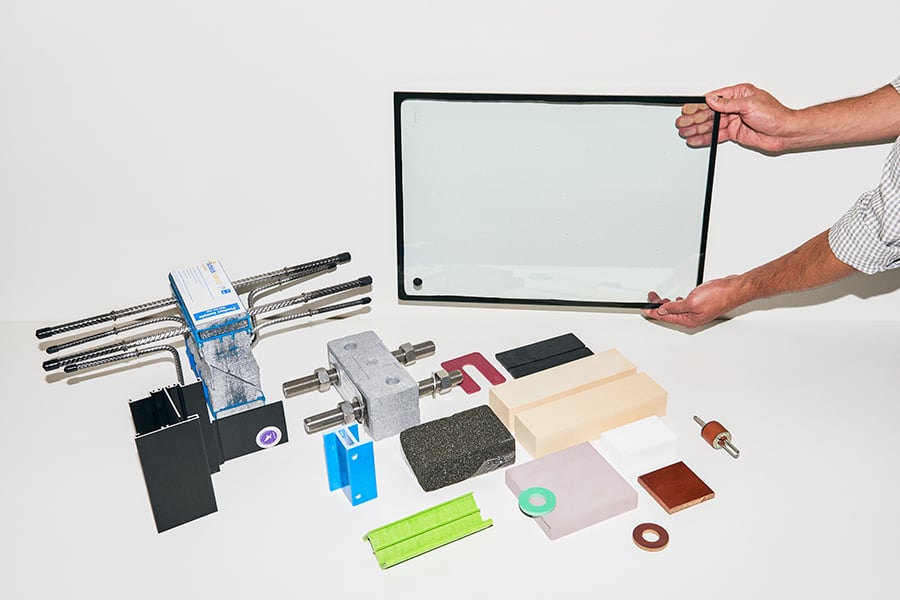
Understanding the genesis and intent of these certifications helps. Many sustainability measures in operation today can trace their origins back to the global energy crisis in 1973. Concerned, groups of architects and engineers in Illinois and Canada began experimenting with more energy-efficient home designs. Their studies, which focused on building envelopes in particular, were first nicknamed “superinsulation” and later passive house. Client enthusiasm for these designs waned somewhat in North America during the boom-time ’80s, but German architects and engineers picked up on passive house concepts and hatched Passivhaus, an energy model and certification program geared to the northern European climate.
As the industry became more aware of impending ecological crises, other global certifications began to emerge, like BREEAM (based in Watford, England), which officially launched in 1990. LEED was the United States’ answer to BREEAM, developed by the U.S. Green Building Council; LEED Version 1 began pilot testing in August 1998. By 2006, a North America–based nongovernmental organization now called the International Living Future Institute created the Living Building Challenge, which still bills itself as “the world’s most rigorous green building standard.” Meanwhile, over the past decade, a U.S. version of Passivhaus certification, re-anglicized, was introduced. The WELL Building Standard, rolled out in 2014, rewards architects for designs that prioritize the health and circadian rhythms of end users. National and local governments around the globe have joined in too, creating specific standards to meet their own objectives, which these days often include reducing carbon emissions.
With so many options available, sustainability directors at architectural firms of varying sizes say their prevailing approach to all this is to set and track practice-wide sustainability targets—things like overall energy efficiency or employee accreditations—but choose specific certifications on a project-by-project basis. They often use client interest or passion as a gauge. An international real estate developer hoping to market LEED Platinum certification as a feel-good amenity has different goals from a Brooklyn couple hoping for a much lower electricity bill, so firms flex accordingly. Some of the greenest buildings in the world right now have no certifications at all.
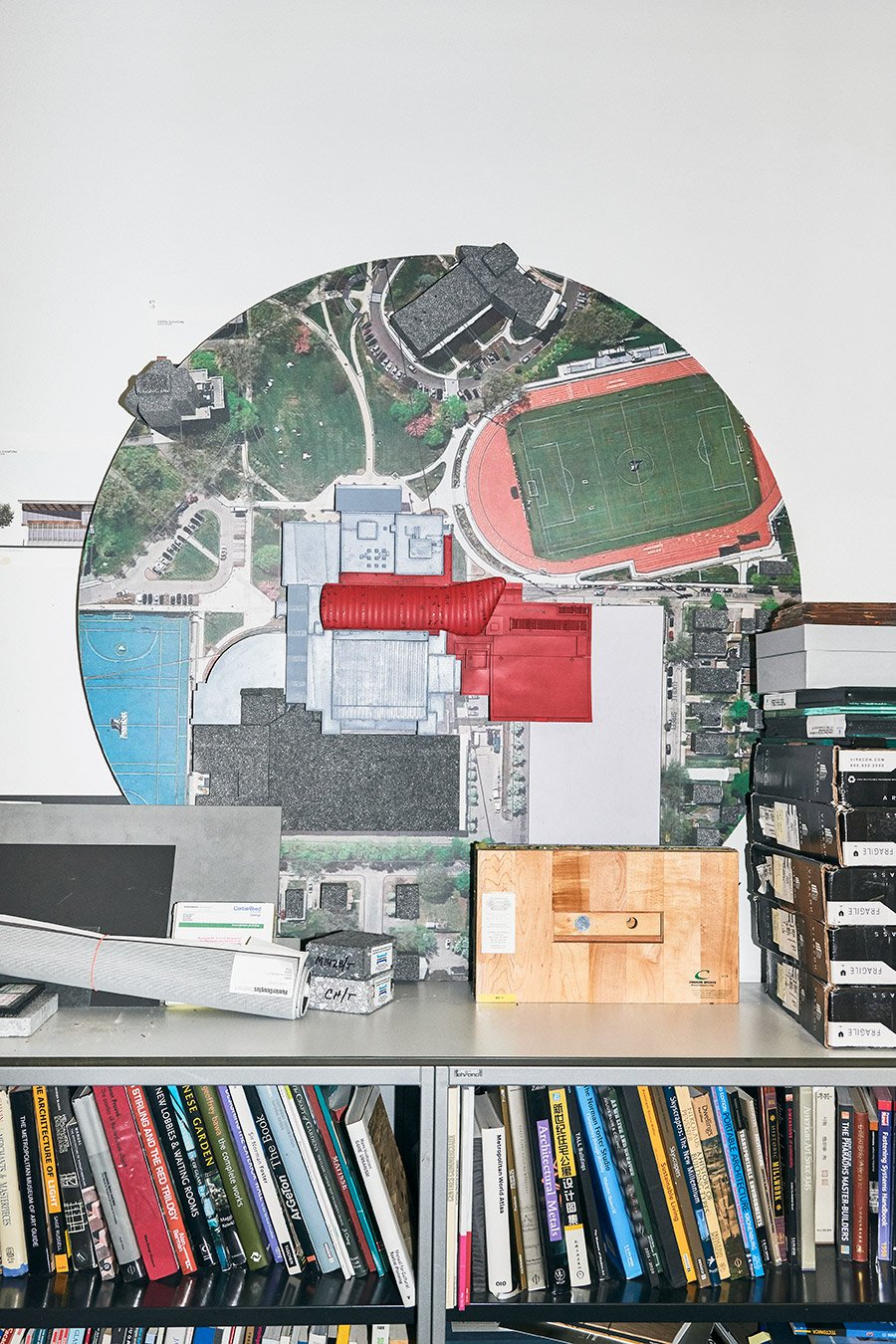
Take, for instance, a dormitory project currently under way at Bilkent University in Ankara, Turkey. FXCollaborative, a New York–based architecture firm whose director of sustainability, Dan Piselli, has been an active researcher and practitioner of the passive house standard, presented the private university with an array of certification options. “They wanted to do the right thing, but they just didn’t feel like they needed a certification,” says Piselli. “It was just a level of hurdles they didn’t want to deal with.” Instead, the university put its own high-standard definition of “green” on the table: It asked FXCollaborative to design a building that didn’t need AC.
Intrigued by the challenge, the architects used passive house concepts to create a superinsulated dorm with operable windows near the floor and ceiling that take advantage of natural breezes at the Ankara site and promote air circulation, but never applied for certification. University officials can brag about energy efficiency, even though they don’t have a gold or silver star on their website or a plaque in the dorm lobby. “There’s really no holy grail of one system to cover everything,” says Piselli, who feels that the proliferation of standards and certifications in the past decade has been confusing to clients and architects alike. But he also sees the benefit of firms going for it given the potential upshots: outside accountability, market change, a better shot at government contracts, and—big picture—genuine reduction of greenhouse gas emissions on a fast-heating planet.
FXCollaborative has kept these factors in mind as it aims for a LEED Gold certification for its new Statue of Liberty Museum, set to open in 2019. One of the primary building blocks for the new museum is precast concrete, mostly because it is difficult to get wet concrete over to Liberty Island. Moreover, LEED has a credit requiring that a project make ample use of recycled materials. FXCollaborative developed the design with these factors in mind, but hasn’t had an easy time making a case for certification. “We definitely had some challenges getting the precast concrete folks to get the right kind of information for the credit,” says Piselli. “If you’re a manufacturer with a pile of material in your yard, how do you weigh or measure it? You have to have a whole procedure set up to be specific.”
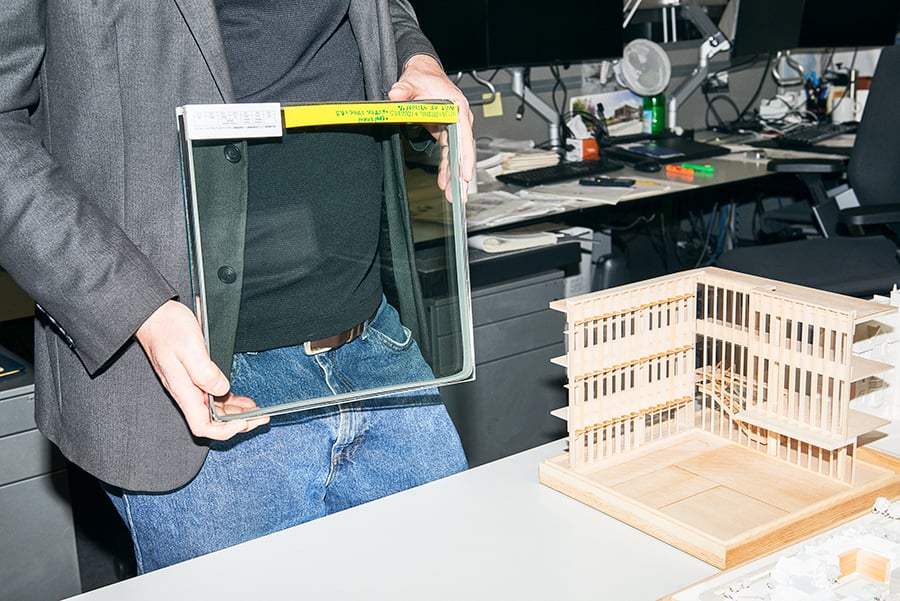
Melissa Baker of the U.S. Green Building Council (the organization that administers LEED) has heard these sorts of complaints before, and she says that the next version of LEED—4.1, in beta testing since March—will incorporate more data tracking, which she hopes will make documentation somewhat easier. Still, she pushes back on the idea that that documentation is unduly expensive: “Based on the case studies we’ve seen, the numbers we’ve heard over the years range from ‘nothing additional really’ to around two percent of the project budget.”
Small and medium-size architecture firms have to decide whether big-name certifications earn their chunk of a budget. Castrucci, who has one office and ten employees, says he gets a bigger bang in New York City—especially with government clients—on energy-focused standards like net-zero. Not that any of the certifications are particularly easy to achieve. The world’s largest architecture firms may have it a little easier when it comes to the number of staff members dedicated to certification protocols. Perkins Eastman, with more than 1,000 employees in 17 offices across six countries, has firm-wide sustainability goals it is tracking for 2020, including a 60 percent reduction in energy use (below the Commercial Buildings Energy Consumption Survey national average) across all its projects. It has global sustainability managers and monthly “green team” meetings with employees, who are all encouraged to pursue at least one third-party accreditation around sustainability. But even with all the focus, training, and experience, the firm hit a bump this year while attempting WELL Building certification on a senior-living-facility project in Pennsylvania. Sustainability specialist Tanya T. Mejia, who is WELL accredited, says the firm realized while working on Woodside Place of Washington, a care center for people with dementia, that some of the WELL Building credits were much more relevant to office buildings, the standard’s main focus in the past. Instead of dropping the attempt, Mejia says Perkins Eastman is having “extensive conversations” with the WELL Building organization, which wants its standard to be applied in a wider variety of contexts and typologies. Like Piselli, the FXCollaborative director, who is also involved in an advocacy group that highlights the importance of reducing bird collisions with contemporary glass towers, Mejia says it’s important that architects be active in the evolution of all the ways buildings are judged to be green.
Perkins Eastman recently pledged to pursue at least five certifications with an international green building standard aimed at projects in emerging markets. Excellence in Design for Greater Efficiencies, a certification started by the World Bank’s International Finance Corporation, takes into account what materials are available in certain markets, and encourages progress in less affluent areas, places where it’s not easy to come up with triple-glazed windows or special insulation. That work-with-what-you’ve- got approach to sustainability sat well with the Perkins Eastman team, which, like most of us, has never been more cognizant of just how high the stakes have become globally. “The awareness is increasing about why we are pursuing these standards,” says Mejia. “It’s not just for a shiny plaque. These things have real consequences.”
You may also enjoy “In the Face of Climate Change, Architects Must Consider Local Ecology and Social Context.”
Recent Viewpoints
Viewpoints
Sustainability News Updates for Q2 2025






